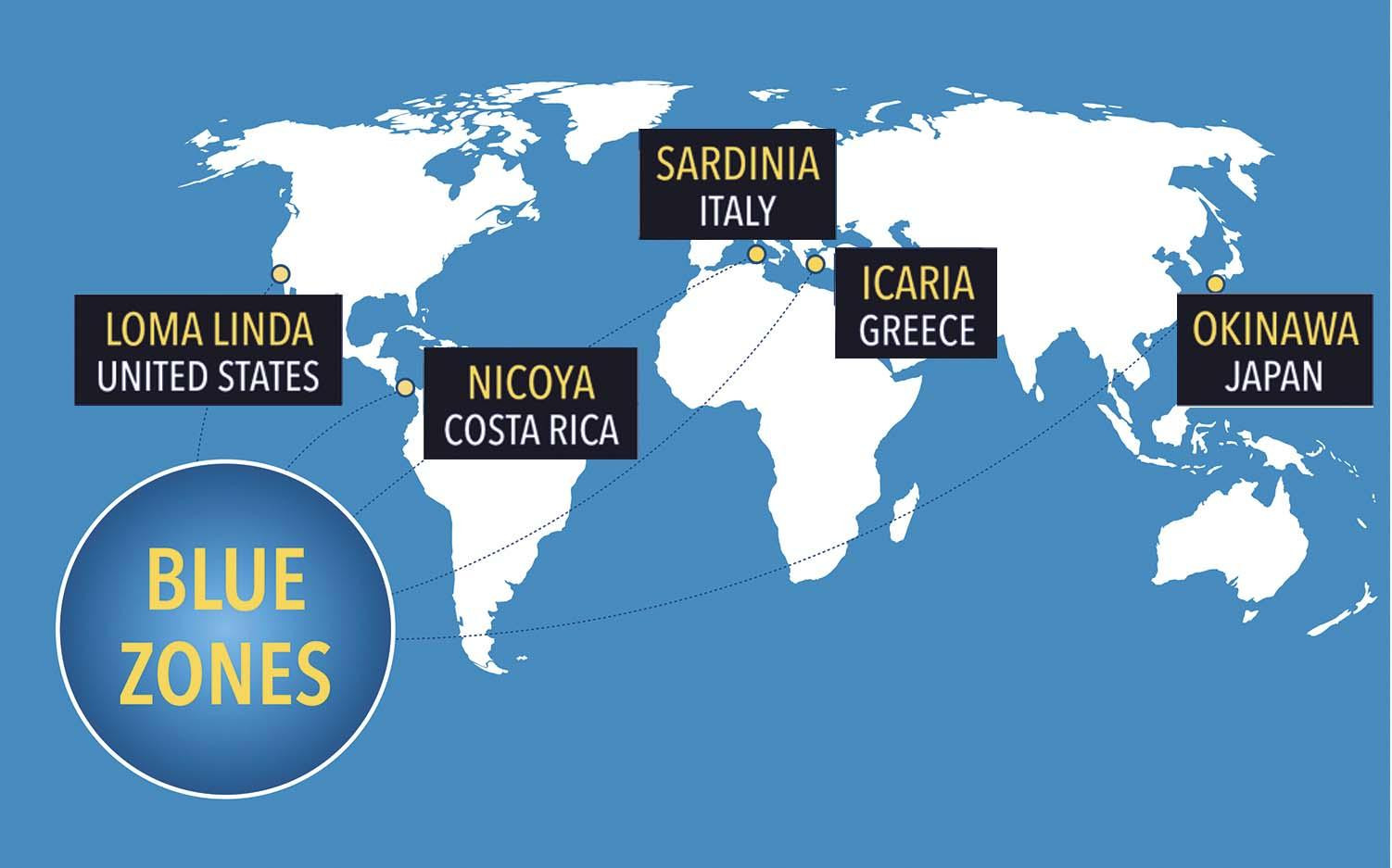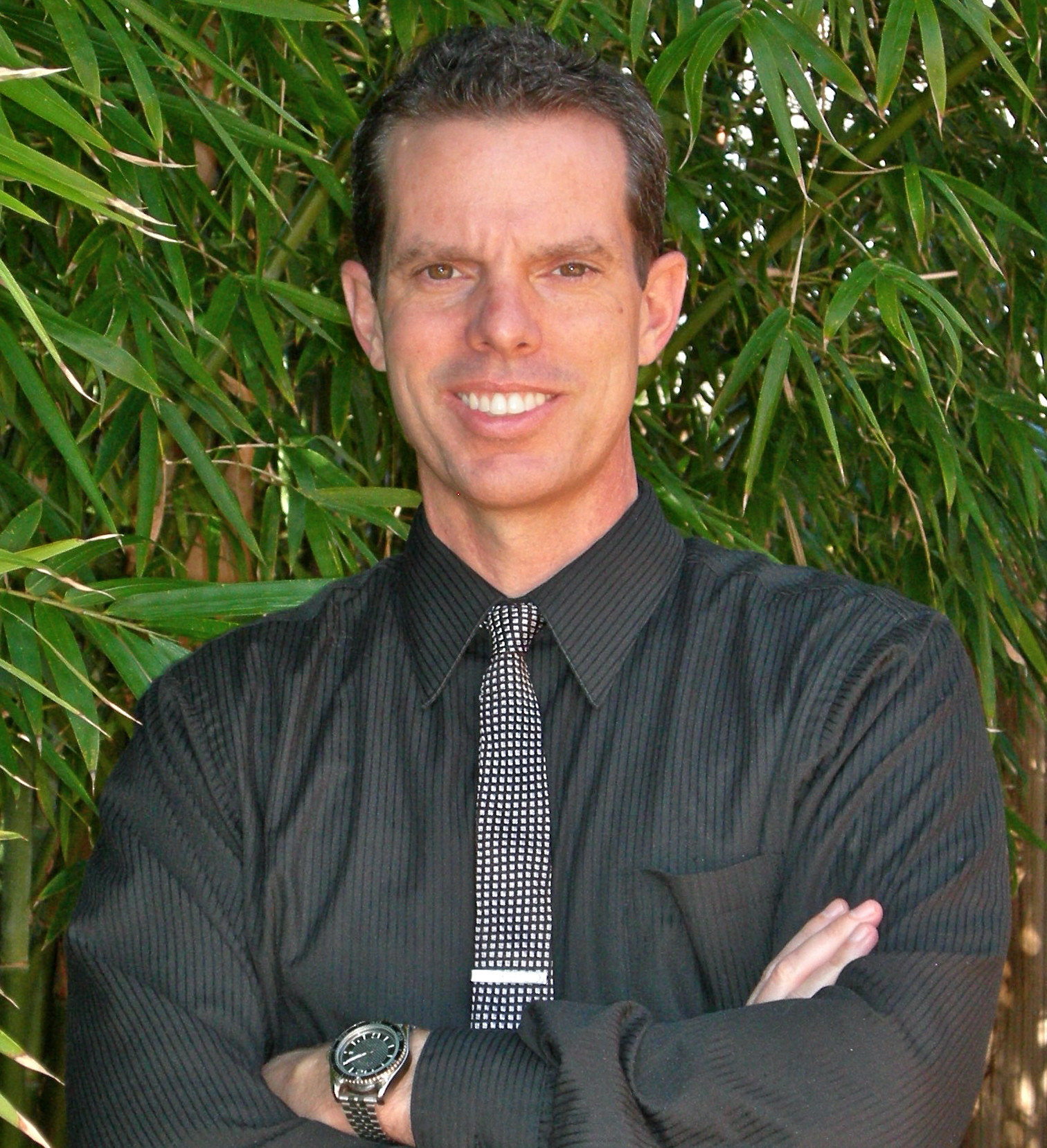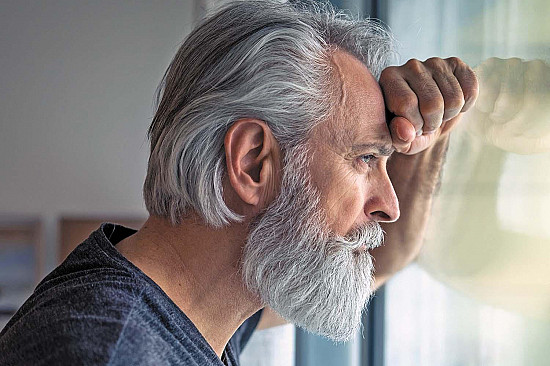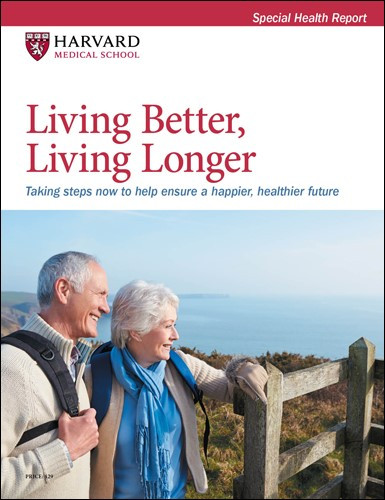Living in the Blue Zone
Blue Zones are said to boast the world's healthiest citizens. What can you learn from them?
- Reviewed by Howard E. LeWine, MD, Chief Medical Editor, Harvard Health Publishing; Editorial Advisory Board Member, Harvard Health Publishing

In the early 2000s, researchers first identified what are known as Blue Zones, locations where residents have particularly healthy and long lives. (They were called Blue Zones because the researchers delineated them on a map with a blue marker.)
Journalist Dan Buettner, working with National Geographic, further explored these areas, and he eventually concentrated on five particular zones for the basis of his book The Blue Zones: Lessons for Living Longer from the People Who’ve Lived the Longest. They include Okinawa, Japan; Ikaria, Greece; Sardinia, Italy; Nicoya, Costa Rica; and Loma Linda, California.
According to research, Blue Zones have among the world’s highest proportions of centenarians (people who live to age 100 and older). Most residents live seven to 10 years longer than the average American. On average, they also have lower rates of chronic diseases like cancer, cardiovascular disease, diabetes, and dementia.
Blue Zones have received considerable media hype and have even been promoted as modern-day fountains of youth. But the reality is that much of how Blue Zone residents live has long been supported by science, says Dr. Walter Willett, professor of epidemiology and nutrition at the Harvard T.H. Chan School of Public Health. “People in Blue Zones are simply better at practicing behaviors that are associated with a healthier, longer life,” he says.
Common features of Blue Zones
At a glance, the five Blue Zones Buettner wrote about seem to have little in common, as they are scattered across the globe. However, when researchers examined these areas more closely, they discovered that the people residing in these places shared nine common practices that could contribute to their longer, healthier lives. These are what Buettner calls the “Power 9”:
- Eating a primarily plant-based diet.
- Monitoring calorie intake, including doing intermittent fasting.
- Avoiding alcohol entirely or drinking in moderation, primarily red wine.
- Embracing a sense of purpose in their lives.
- Following a daily lifestyle that encourages natural, vigorous movement.
- Adopting some form of daily stress relief.
- Incorporating religion or spirituality in their lives.
- Establishing stable and extended family structures, such as young and old relatives living together.
- Developing supportive social networks and lifelong friendships.
Of course, not all people in the Blue Zones follow the Power 9 equally. Some parts are more prominent in their lives than others. For example, the highest concentration of centenarian men in the world is in Sardinia, where sheep farming is the most common occupation and involves at least five miles of daily walking up and down mountains.
Residents of Okinawa engage in moai: social support groups, often consisting of neighbors or friends, that form in childhood and stay together throughout their lives. Okinawans also practice a form of mindful eating called hara hachi bu (see “Practice hara hachi bu”).
In Costa Rica, the Nicoya peninsula community traditionally revolves around faith and having a strong sense of purpose. Loma Linda has a high concentration of Seventh-day Adventists, who are vegetarians and lead a faith-centered lifestyle.
Practice hara hachi buHara hachi bu is a Japanese phrase originating from Okinawa, one of the Blue Zones. It translates to “eat until you are 80% full.” The focus is on feeling satisfied and not hungry anymore, rather than feeling “full,” which helps prevent overeating. Here’s how to practice it. Set a timer. At the beginning of your meal, set a timer for 20 minutes. Then pace yourself to make your meal last at least until the timer goes off. Take your time to chew and swallow and place your utensils down between bites to slow your pace. Be mindful of portions. Eat only 80% of your meal. Once you’ve had that much, assess your hunger before eating any more. Focus on eating. Turn off the TV and computer, set your phone to silent, and put away any reading material so you can concentrate on eating and enjoying your meal. |
What the research says
Many experts don’t believe the Blue Zones are special, and some even feel the cited evidence is based on weak data. “By itself, the Blue Zone theory is not regarded as strong science,” says Dr. Willett. “But the Power 9 behaviors are still broadly consistent with what we understand about how diet, exercise, social connections, and emotional well-being affect health and longevity.”
Still, it’s challenging to use the Blue Zones as a definitive blueprint for living. For example, many of the Blue Zones’ health benefits revolve around people’s diets. People in these places follow primarily plant-based diets with little to no processed foods. Numerous studies have linked diets that emphasize plant-based foods, such as the Mediterranean and DASH diets, with a range of health benefits, including a lower risk of cardiovascular disease and cancer.
“However, because of the diversity between the different Blue Zone diets, we can’t say for certain that following this specific type of diet or eating these certain foods is what stands out among Blue Zone residents,” says Dr. Willett. “It’s more about piecing together the best examples of available foods.”
The same applies to activity. A study in the March 2025 issue of the Journal of Population Ageing examined the physical activities of Blue Zone centenarians. Researchers found that they didn’t follow typical Western exercise routines (a balanced effort of strength training and aerobics) or follow quotas like the recommended 150 minutes of moderate-intensity exercise per week. Instead, people’s activities were incorporated into their daily lives, and they were constantly on the move. Blue Zone citizens engage in manual labor of various intensity (farming, trades), outdoor sports (swimming, horseback riding, walking), and in-home activities (housekeeping, weaving).
“The message is that staying active is what’s important, and not necessarily focusing only on doing specific exercises,” says Dr. Willett. “You don’t have to give up your gym workout for farming, but make sure you don’t then head home and watch a screen for hours.”
It’s also been theorized that genetics play a significant role in Blue Zone residents’ longevity. However, it appears there is little evidence to support this. “Some Blue Zone residents are born with good genes, but embracing a healthy lifestyle is what makes them special,” says Dr. Willett.
Living in the past
Another reason these communities stand out is because many have been frozen in time. “Their lifestyle has been similar to how people from many cultures, including ours, lived during past centuries,” says Dr. Willett.
For the most part, the Blue Zones have remained protected from modern conveniences that have made life easier, albeit sometimes at a costly price to people’s health. Dr. Willett witnessed this slow transformation firsthand. During his travels in the Mediterranean region during the 1960s, he saw people walking everywhere and farming largely by hand. A decade later, more people used motorcycles and tractors. Eventually, cars and TVs became part of everyday life, and people socialized less. Access to easy-to-make processed foods replaced the ritual of cooking home meals.
“In comparison, Blue Zone communities were slower to be overwhelmed by advances in technology, so that they maintained many aspects of their traditional way of life,” says Dr. Willett.
What lessons can we learn from the Blue Zones? Dr. Willett says that we can implement most or all of the Power 9 into our lives. “Eating more fresh plant-based foods, staying active, engaging our minds, talking to our neighbors — all of these things we can do now, and we know they can help us live better and longer,” he says. “The Blue Zone communities can remind us why they are important. But they are not about embracing something new but rather borrowing something old.”
Image: © Alex Aviles/Getty Images
About the Author

Matthew Solan, Executive Editor, Harvard Men's Health Watch
About the Reviewer

Howard E. LeWine, MD, Chief Medical Editor, Harvard Health Publishing; Editorial Advisory Board Member, Harvard Health Publishing
Disclaimer:
As a service to our readers, Harvard Health Publishing provides access to our library of archived content. Please note the date of last review or update on all articles.
No content on this site, regardless of date, should ever be used as a substitute for direct medical advice from your doctor or other qualified clinician.
















